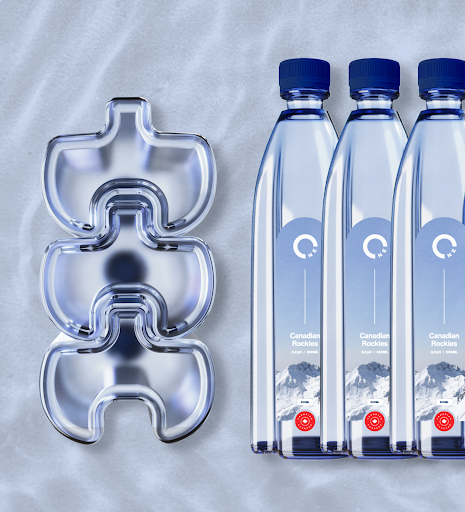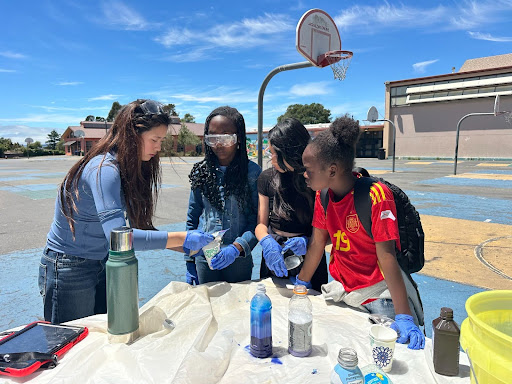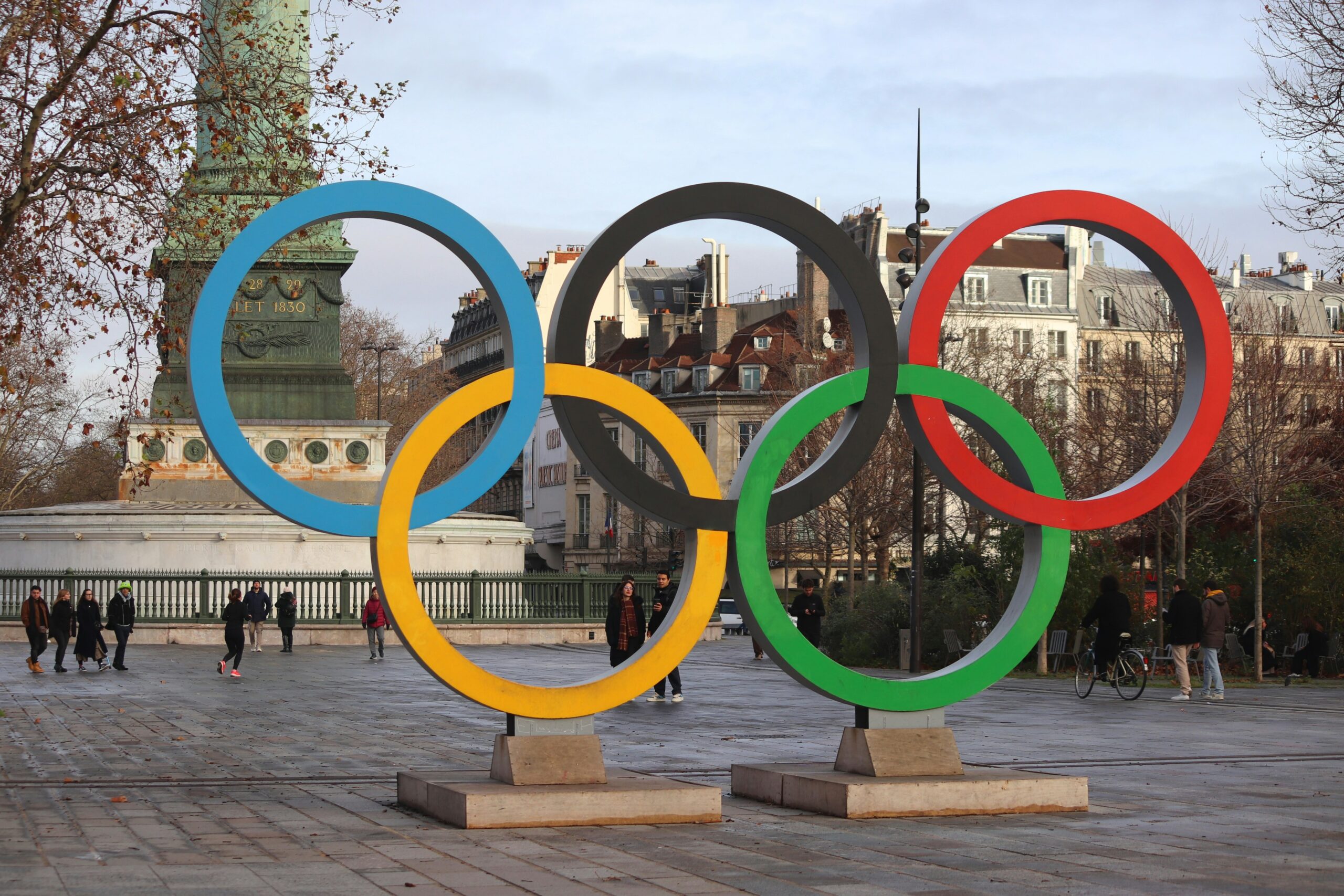As the world’s understanding of design and innovation evolves, so does the perception of what premium hydration should embody. One Water’s rebrand is more than a visual shift; it’s a deliberate recalibration of what it means to lead in both quality and ability. By combining sophisticated aesthetics with groundbreaking technological advancements, One Water has elevated its image to reflect a broader vision of connectivity and global impact.
Redefining Premium Hydration with Purposeful Design
One Water’s rebrand goes beyond fresh visuals and new logos; it taps into a deeper ethos of purposeful design that serves both aesthetic and functional needs. The new branding reflects the company’s commitment to sourcing the most pristine, untouched water sources from around the world, while also incorporating the latest innovations in packaging. At the heart of this transformation lies the brand’s unique interlocking bottle technology, which optimizes both convenience and innovation. By designing bottles that integrate with precision, One Water solves the core problems of traditional water packaging: wasted space, clunky transport, and storage headaches.

As consumers increasingly demand more from the products they choose, especially in the premium sector, One Water’s rebrand reflects this growing expectation for both luxury and responsibility. The sleek, minimalist design of the new packaging signals a bold departure from the conventional, aligning with the brand’s forward-thinking philosophy that aims to reshape the hydration experience. It’s a new era for bottled water, one that places innovation at the core of branding.
Embodying the Intersection of Luxury and Innovation
The rebrand marks a shift both in design and in the brand’s larger narrative. One Water understands that premium hydration is not just about the product inside the bottle; it’s about how the entire consumer experience aligns with luxury and innovation. With a growing number of eco-conscious consumers demanding environmentally responsible choices, One Water’s intelligent bottle design serves as a game-changer.
The interlocking design of One Water’s bottles perfectly reflects this mission. By minimizing packaging waste and maximizing storage efficiency, the brand is pushing the bottled water industry toward smarter, more sustainable practices. Each bottle’s ability to connect and create a more efficient stackable system not only supports One Water’s mission but also signals a shift in the way consumers approach hydration. What was once a purely functional product is now reimagined through the lens of innovation and design, where every element, from water sourcing to bottle shape, has been thoughtfully re-engineered for the future.
The Future of Hydration: One Water’s Vision
At its core, One Water’s rebrand represents an intersection of design and purpose. As consumers grow more discerning and connected, the demand for products that align with their values continues to rise. One Water recognizes that the future of hydration is not only about providing the best water but also about how that water is packaged and delivered. Through its rebrand, the brand has positioned itself as not just a beverage but as a lifestyle choice, an emblem of intelligent, design-driven hydration.To learn more, visit drinkonewater.com
Written in partnership with Tom White



